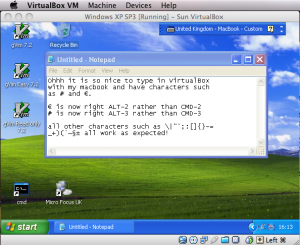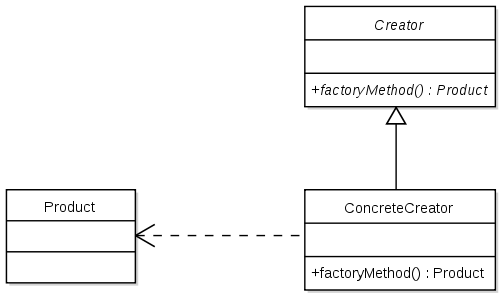As a MacBook user who has used Virtualisation on the mac for sometime now but only usually with Linux based OS, I was forced to use it with Windows recently and I quickly found out how badly it handles UK Macbook keyboards.
The default UK keyboard mapping on a MacBook are pretty much useless when using Virtual PC emulators such VirtualBox or VMWARE.
With this in mind, have produced a custom keyboard layout which maps all the keys to right place.
The only two exceptions are the two OPT keys, which I could only managed to map them to ALT-n keys, so the alternative mapping for these are:
€ aka left OPT 2 is mapped to right ALT 2
# aka left OPT 3 is mapped to right ALT 3
To use the customer keyboard mapping, download the .zip, unzip it.. and click on mbkbdsetup.exe and it will install the custom keyboard called “United Kindom – MacBook – Custom“.
And this me using it… boy did this make more productive!
This a screen shot me trying it out… 🙂
(link fixed)


